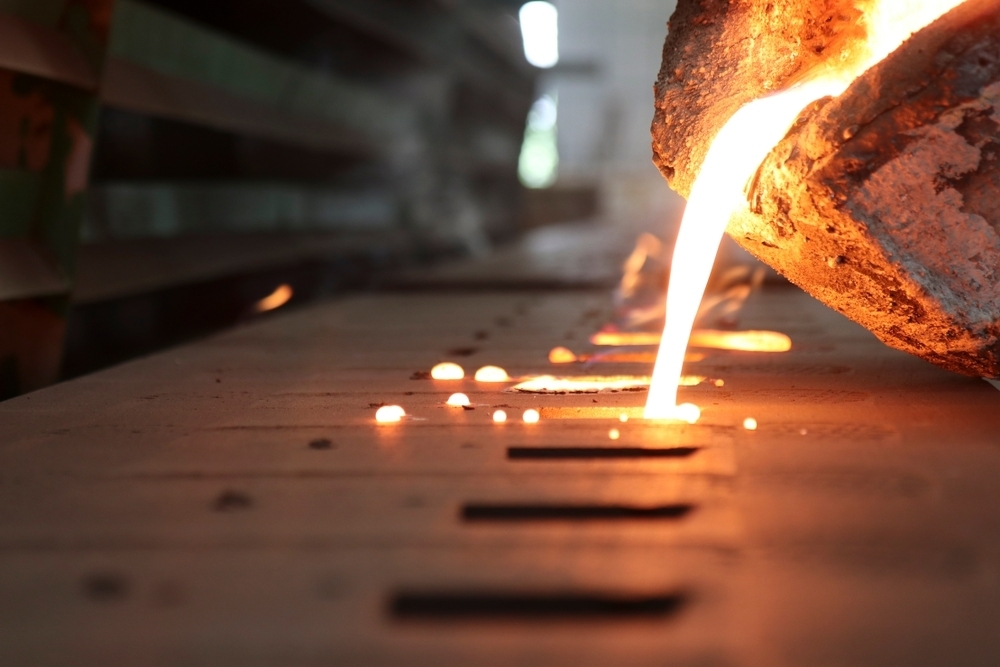quality control, and eventual use of nuclear energy. The direction of technological change is influenced by relative factor prices, with th...
quality control, and eventual use of nuclear energy. The direction of technological change is influenced by relative factor prices, with the greatest efforts being made to devise . technologies that save the scarcest and most expensive inputs. One promising possibility for a technological oreakthrough ~'-;9 in the steel industry is the development of formcoke. Formcoke is the generic name for a number of different processes, all of which share common characteristics in'~hât prepared coal is broken down physically, carbonized with a binder added,
and shaped (usually as a briquette to more or less uniform dimensions), and is capable of withstanding the blast furnace burden. Because of its greater strength, formcoke is less liable to degradation and could be transported easily and economically. Additionally, it can utilize a certain proport ion of non-cok ing coal, wh ich is abundant in many par ts of the world. Raw Materials According to the theory of comparative advantage, nations tend to export those goods or commodities for which they have .LJ a comparative advantage and import those for which they have a comparative disadvantage. Since the U.S. is one of the great repositories of the basic raw materials from which steel is made, this factor should favor U.S. competitiveness in world 'markets. Steelmaking requires large amounts of raw mater ials. The i i production of one ton Of steel requires on the average about -30- 2.5 tons of iron ore, coal, limestone, and scrap. The major steel producing countries vary in the extent to ~hich they rely on imported raw materials; however, the steel industries in Europe and Japan are more dependent than is the U.S. steel industry. Table 2.9 shows the extent to which the major produc ing countr ies rely on imports of scrap, iron ore, and hard coal.

No comments